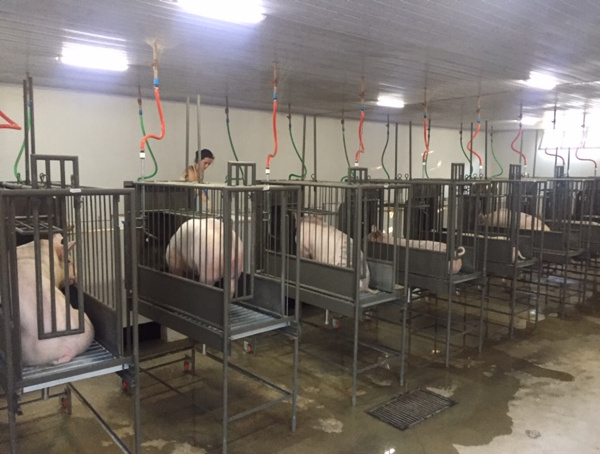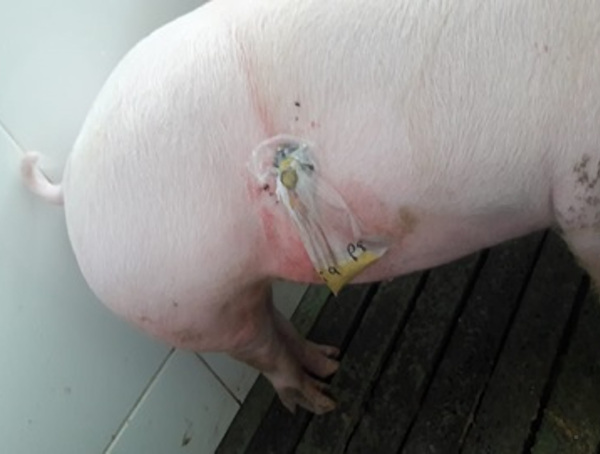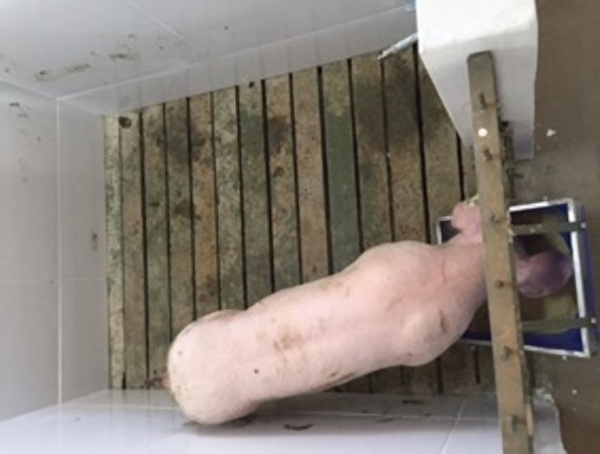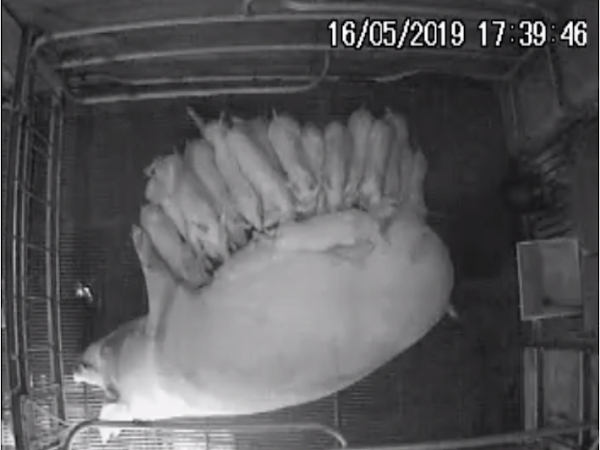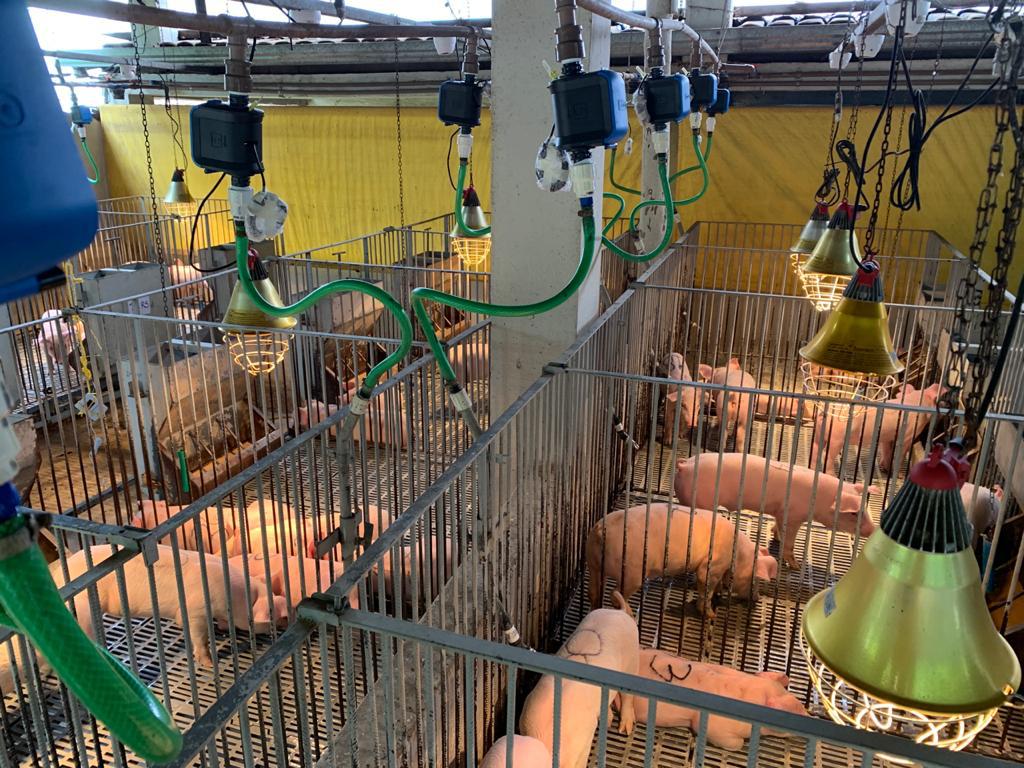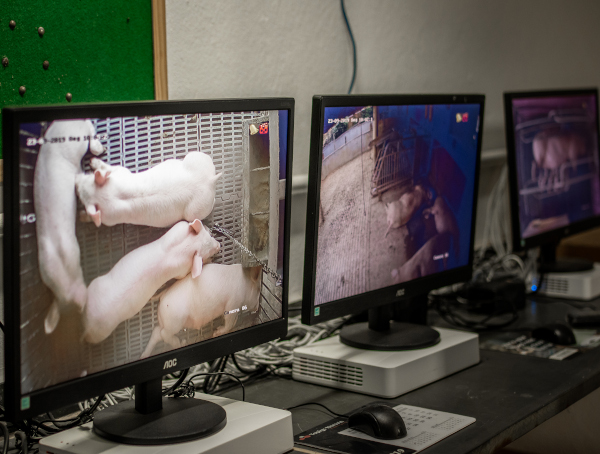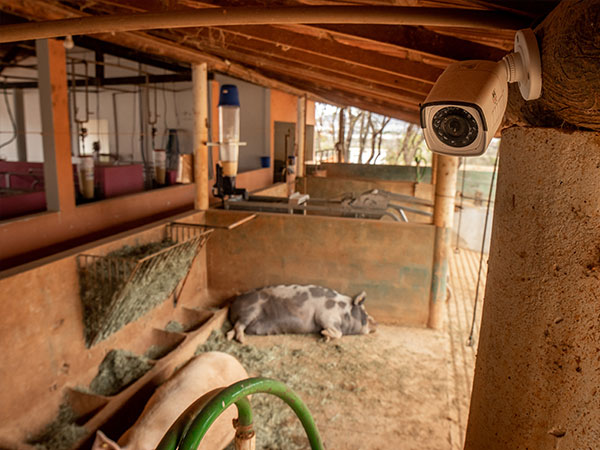Precision feeding is proposed as an essential approach to improve the efficiency use of nutrients from diets
and thus reduces the cost of diets and nutrient excretion. Precision feeding requires a Knowledge of
nutritional value of ingredients, nutritional requirement of animals, formulation of diets according to
environmental restrictions and the appropriate adjustment of nutrient supply according to the pig’s
requirements.
Precision feeding of sows comprises the use of mathematical models combined with technologies that
allow the supply of precise quantity and nutritional composition of daily nutrient needs and for each female
in a group. During growing phase, it has been estimated that using this system can result in a reduction of
4.6% in the cost of feeding and approximately 38% in nitrogen and phosphorus excretion. Associated to
this, the integration of precision feeding techniques in production systems allows real-time monitoring of
feeding patterns and animals when it comes to achieving optimal reproductive and productive results, thus
improving the sustainability of swine production, animal welfare and economic return.
Education and Extension
- Training courses for famers in pig production and management.
- Training activities and training of technical teams in production systems.
- Cerrado Pig® Program.
- Development and implementation of an extensive pig production system using the Piau native breed as in the Northern Region of the state of Minas Gerais.
Research and Technology
Precision Feeding
in Sows



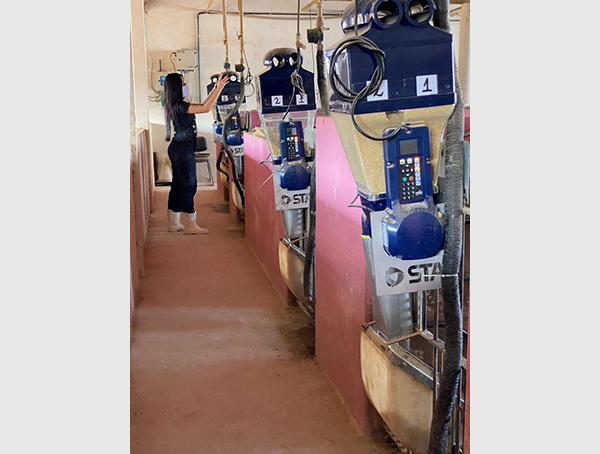



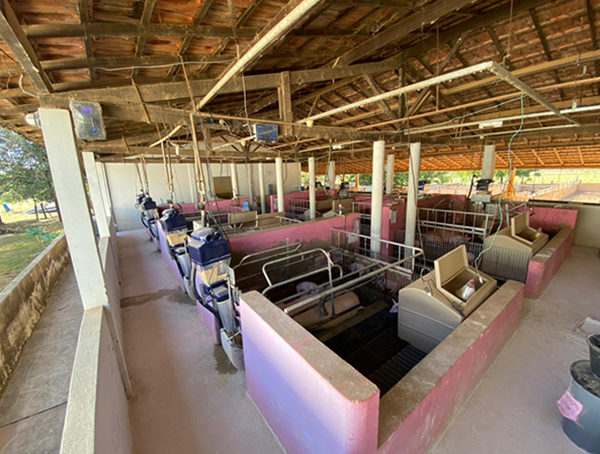





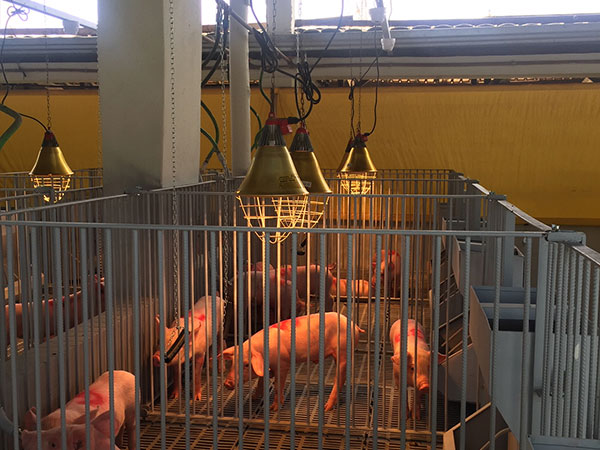





Functional Nutrition
The concept of functional nutrition is to use information from science nutrition to prevent or treat pathological challenges and metabolic disorders caused by external factors to the animal (e.g. health and/or thermal challenges) through the nutrients provided by the diet. Given the current situations related to the ban of use of antibiotics as growth enhancers, ban of ractopamine during finisher phase and deleterious effects of heat stress on the performance of pigs, it becomes fundamental to find nutritional solutions to ease the impacts caused by extrinsic factors on animals and allow them to maintain performance at economically profitable levels. Therefore, our research with functional nutrition tracks the symptoms, signs and characteristics of animals and relates them to the lack or excess of nutrients, correcting nutritional unbalances that generate overload in the immune system and causes changes and productive losses.
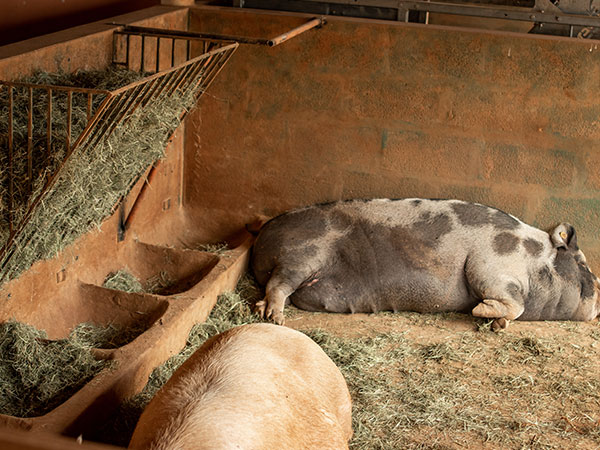
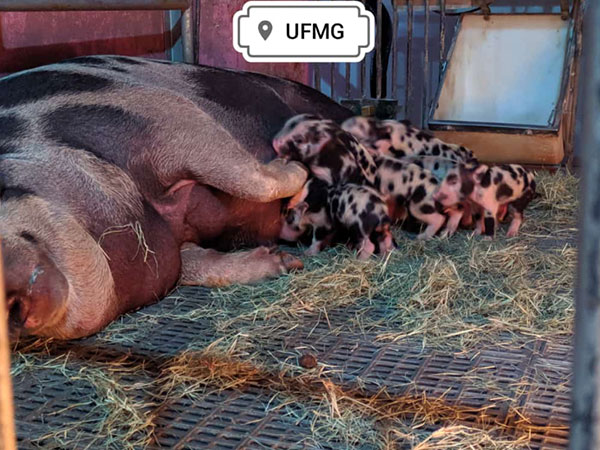



Environmental adaptation
and welfare
Due to the recognition of problems caused by high temperatures in the production efficiency and well-being of pigs, the objectives of several studies in recent years have been to investigate physiological and metabolic changes resulting from stress and develop solutions to alleviate the negative effects of high temperatures. Several management techniques have been tested, but only a limited number have proved really efficient and economically viable. Practices should be investigated in order to maximize the genetic potential of these animals. Alternatives may involve chemical or physical changes in feed or management changes (period and quantity of meals). In periods of heat stress, it may not be possible, through nutrition and management to alleviate the problem of reducing feed intake consumption, requiring environmental measures control of installations.
Nutrient Digestibility and Metabolism
The current pig diets are no longer restricted to the use of primary raw-materials, which are increasingly being replaced by residues or by-products of the industries, which indicates the need to know their nutritional values. The determination of the digestibility values of feed for pigs has been important to support the formulation of diets for this species. Metabolism studies, on the other hand, have been conducted with pigs of different ages and body weights, in an attempt to reach values that best express the biological value of feed ingredients. Thus, in our laboratory we can conduct digestibility and metabolism studies with pigs, aiming to evaluate how different raw materials and additives impact the digestibility of protein, energy and fibrous ingredients.
